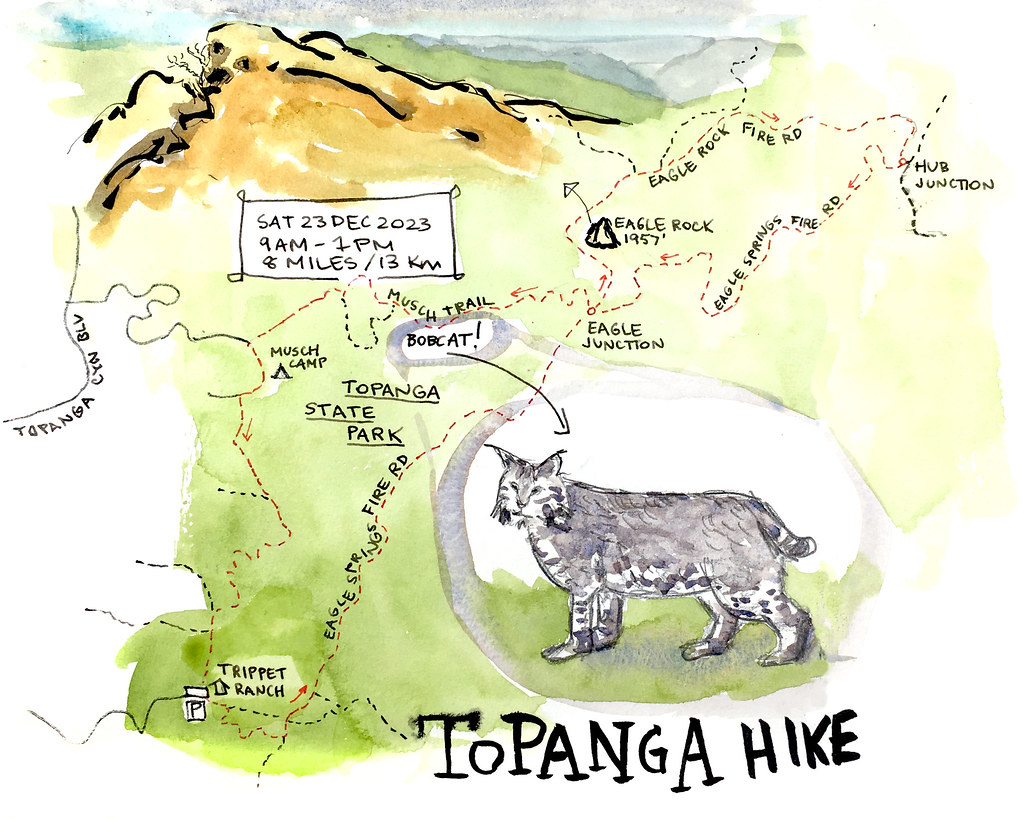
We have a taxidermied ringtail (Bassariscus astutus) in the Visitor Center at the Park. I’d sure love to see a live one.
Ringtails are members of the raccoon family. They are found in many areas of California, but they are rarely seen. They have large eyes and upright ears, which assist them to navigate and hunt by night. Their long tail helps them to balance while climbing in trees and rocky places.
Ringtails eat rodents, birds, rabbits, reptiles, frogs, fruit and berries. They prefer a solitary existence though they may occasionally share a den. They are preyed upon by foxes, coyotes, raccoons, bobcats, hawks, and owls.
Smaller than a house cat, its body measures 30–42 cm (12–16.5 in) and its tail averages 31–44 cm (12–17 in) from its base. Ringtails are said to be easily tamed, and can make an affectionate pet and effective mouser. They are the state mammal of Arizona.









